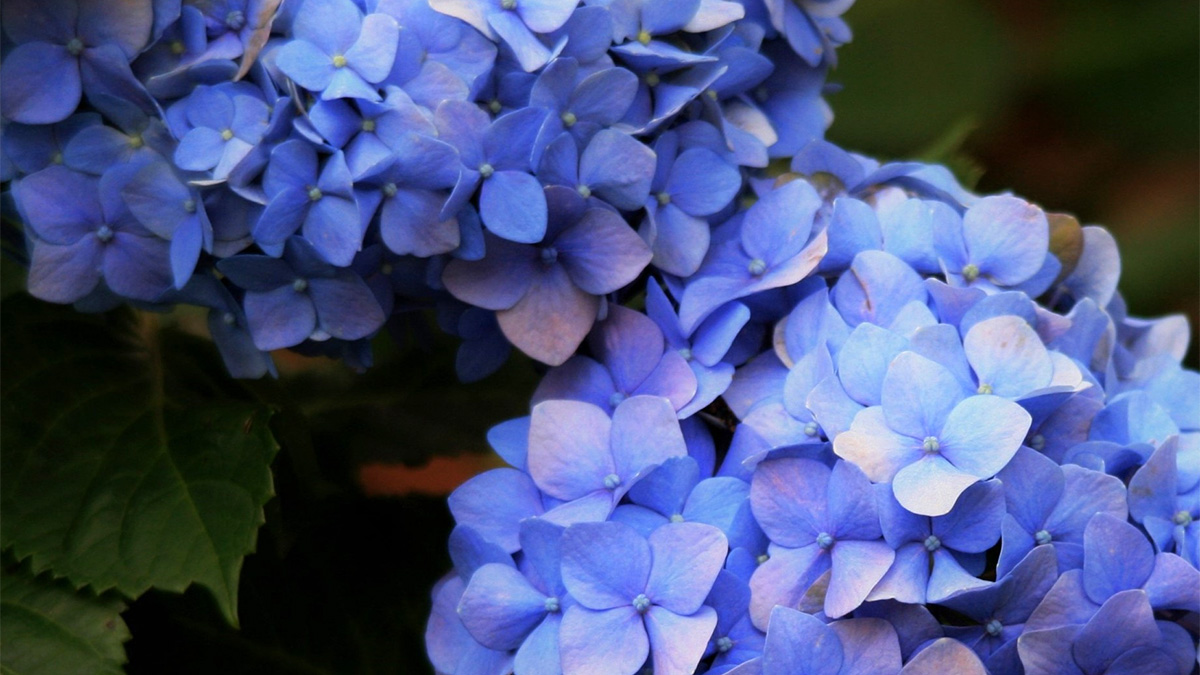How to Grow Beautiful Hydrangeas in Any Garden

Hydrangeas are beloved for their lush blooms, graceful shapes, and ability to brighten almost any outdoor space. With the right care, they thrive in gardens of all sizes and climates. This guide will walk you through everything you need to know to grow beautiful, healthy hydrangeas from planting to pruning.
Related: How to Grow Hydrangea from Cuttings for a Bloom-Filled Garden
Choosing the right hydrangea variety for your garden
Hydrangeas come in several types, and choosing the right one depends on your region and garden goals. Bigleaf hydrangeas are popular for their bold blooms and color-shifting ability. Panicle and smooth hydrangeas are more cold-hardy and bloom reliably each year.
If you want long-lasting summer flowers, consider panicle hydrangeas like ‘Limelight’ or ‘Pinky Winky.’ For shade gardens, oakleaf hydrangeas provide textured foliage and creamy blooms. Bigleaf varieties like ‘Endless Summer’ are great for those who want to experiment with bloom color.
Picking the best location for planting
Hydrangeas prefer a spot with morning sun and afternoon shade, especially in warmer regions. While some types can tolerate full sun, too much direct exposure may lead to wilting or scorched leaves. The right location will also offer shelter from strong winds, which can damage stems and flowers.
Check how sunlight moves through your space throughout the day. Panicle varieties handle more sun than others, while bigleaf hydrangeas do better with protection from intense afternoon rays. A balance of light and shade leads to stronger plants and more reliable blooms.
Preparing the soil for healthy growth
Hydrangeas thrive in rich, well-draining soil that retains moisture without staying soggy. Before planting, loosen the soil to a depth of about 12 inches and mix in organic compost. This helps create an ideal environment for root development and nutrient absorption.
Soil pH is especially important if you’re growing bigleaf hydrangeas. In acidic soil, blooms tend to be blue, while alkaline conditions produce pink flowers. You can test your soil with a home kit and adjust it if you’re hoping for a specific color.
How to plant hydrangeas correctly
Dig a hole that is twice as wide as the root ball and just as deep. Gently remove the plant from its container, loosen the roots, and place it into the hole with the top of the root ball level with the soil surface. Backfill with soil and water thoroughly to settle the plant.
Add a layer of mulch around the base to retain moisture and suppress weeds. Leave a few inches between the mulch and the stem to prevent rot. After planting, keep the area consistently moist while the plant establishes.
Watering and fertilizing tips
Hydrangeas need regular watering, especially during dry spells. Water deeply once or twice a week rather than shallow watering every day. This encourages deeper roots and better drought tolerance.
Fertilize in spring with a balanced, slow-release formula or one suited to flowering shrubs. Avoid overfeeding, as too much nitrogen can lead to lush leaves and fewer flowers. Always water after applying fertilizer to help nutrients reach the roots.
Pruning techniques for better blooms
Pruning depends on the type of hydrangea you’re growing. Bigleaf and oakleaf hydrangeas bloom on old wood, so they should be pruned after flowering. Cutting them too late in the season can remove next year’s buds.
Panicle and smooth hydrangeas bloom on new wood and can be pruned in late winter or early spring. Remove dead or weak stems and shape the plant to promote healthy growth. Regular pruning also helps improve airflow and reduce the risk of disease.
Adjusting bloom color in certain varieties
If you’re growing bigleaf hydrangeas, you can influence flower color by adjusting the soil pH. Acidic soil (pH below 6.0) usually results in blue flowers, while alkaline soil (pH above 7.0) leads to pink blooms. Purple shades often occur in the transition between these two ranges.
To lower pH and encourage blue flowers, apply aluminum sulfate in early spring. For pink blooms, raise the pH by adding garden lime. Test your soil each year to monitor changes and maintain the desired hue.
Related: From Lavender to Lilac: Purple Flowering Plants That Steal the Show
Managing common pests and diseases
Hydrangeas are generally hardy, but they can face issues like aphids, spider mites, or powdery mildew. Check your plants regularly for signs of pests or damaged leaves. A strong blast of water or insecticidal soap often controls small infestations.
Avoid overhead watering to reduce the risk of fungal diseases. If powdery mildew appears, increase airflow by pruning crowded branches. Proper spacing and clean-up of fallen leaves also help prevent future problems.
Related: Natural Ways to Keep Pests Out of Your Garden
Growing hydrangeas in containers
Hydrangeas can be grown successfully in large containers, especially compact varieties like ‘Mini Penny’ or dwarf panicle types. Choose a pot with good drainage and fill it with a rich, well-draining potting mix. Place the container where it will receive morning sun and afternoon shade.
Water container-grown hydrangeas more frequently, as pots dry out faster than garden beds. Fertilize lightly throughout the growing season and bring the container indoors or to a sheltered area in winter if needed in colder zones.
Seasonal care tips for year-round beauty
In spring, remove any dead wood and apply mulch and fertilizer. During summer, water deeply and deadhead as needed to keep plants looking fresh. In fall, stop fertilizing and reduce watering as the plant prepares for dormancy.
In colder climates, protect the roots of in-ground hydrangeas with extra mulch. For varieties that bloom on old wood, avoid pruning after midsummer. By adapting your care routine through the seasons, you’ll enjoy healthy plants and beautiful flowers year after year.
Conclusion
Growing hydrangeas can be both simple and deeply rewarding with a little planning and attention to their needs. Whether you’re tending a shady border or sunny container, the right variety and care will reward you with vibrant blooms season after season. With these steps, any gardener can enjoy the timeless charm of hydrangeas.
